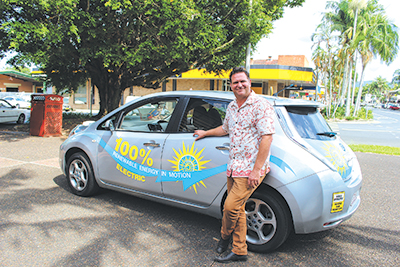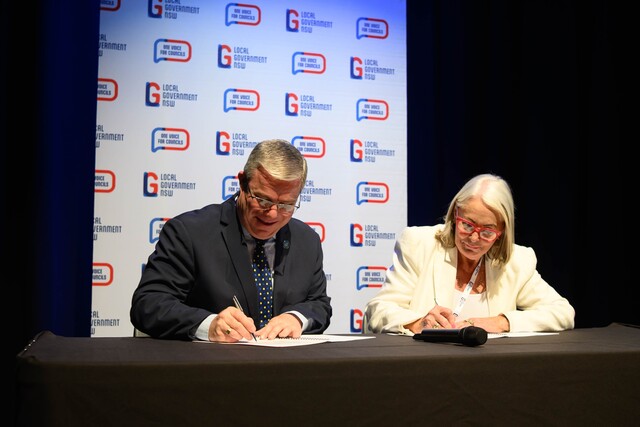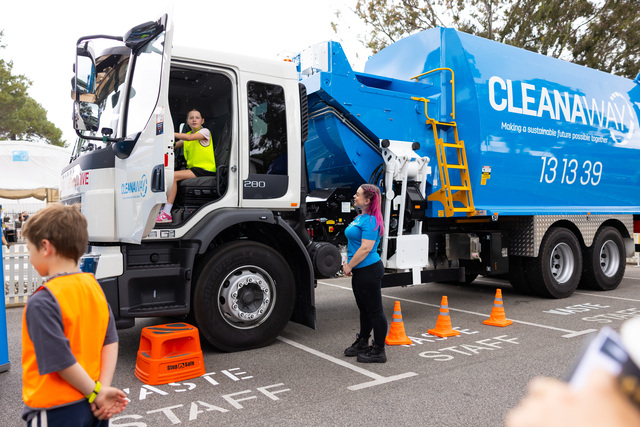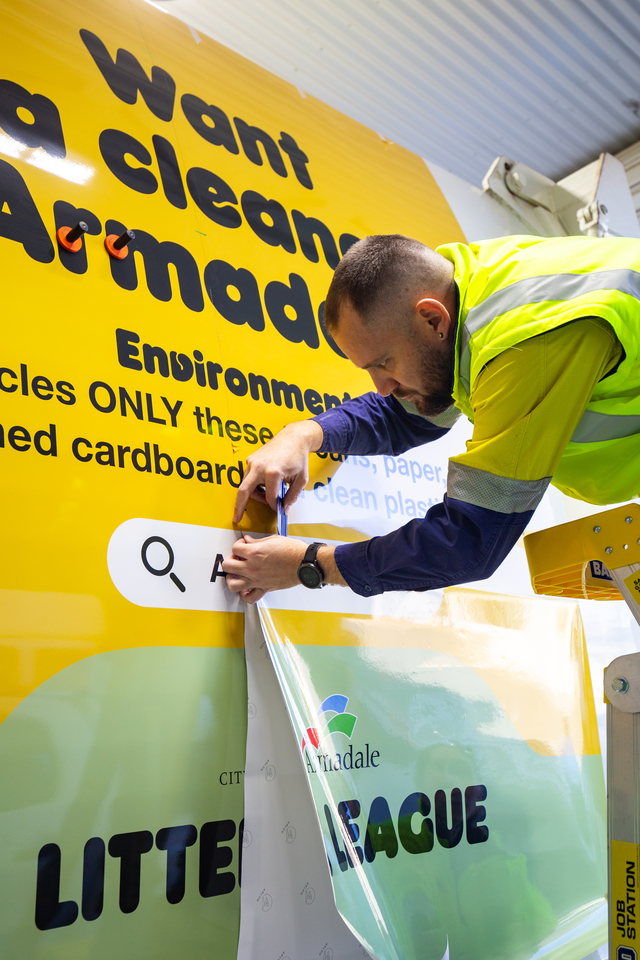Australian councils are addressing climate change at a grassroots level.
Last December, the Mayor of Byron Shire Council was in Paris. Along with a handful of other Australian mayors, Mayor Simon Richardson had been invited to attend the United Nations Climate Change Conference, COP 21.
Richardson presented on several occasions, spruiking an ambitious project that had started to draw attention at a national and international level: a plan for the entire Byron community to reach zero emissions within the next ten years.
A partnership between independent think tank Beyond Zero Emissions (BZE), the Byron Shire Council, and the local community, the plan – Zero Emissions Byron (ZEB) – aims to address carbon emissions across multiple sectors: buildings, energy, land use, transport and waste.
Dr Stephen Bygrave of Beyond Zero Emissions said he believes the project is “unique worldwide” in the way it targets emissions across these different sectors.
“The beautiful thing about the Byron project is that it is cross-sectoral and it allows Byron to essentially go to zero emissions within their own footprint,” said Dr Bygrave.
Due to its regional location, Byron will be able to produce its own carbon offsets – by planting more vegetation – whereas urban areas often have to set a “net” emissions target and purchase offsets from outside their boundaries.
At this stage, BZE is collecting baseline emissions data – examining factors such as how many cars are on Byron’s roads and how much electricity is used – and compiling a report to be presented at the ALGA National Assembly. The aim is to create a “blueprint” that other councils could apply to their areas.
Mayor Richardson said the Byron project was well received at the Paris conference: “The rest of the world appreciates the fact that action is happening at a local level in Australia.”
There was a feeling of collegiality between local leaders at the climate conference, said the Mayor.
“It’s great to know you’re not a lone voice in the wilderness. [After] sharing a bus with African mayors… and talking to the mayors of Reykjavik or Bonn… it’s clear that we’re speaking the same language and that this is absolutely a global challenge.”
Richardson said he’s ‘not interested in bashing the government’ and Byron would work with whoever is in power federally, but he said inaction on climate change amounts to ‘economic myopism’.
“The question now,” said Mayor Richardson, “is how long it will take and how much Australia can contribute to the change… We could be driving the train, instead of waiting at the station and wondering whether we should buy a ticket.”
The Mayor is a signatory of an international pact of local leaders, the Compact of Mayors, which had a strong showing in Paris.
Initiated in 2014, by UN Secretary General Ban Ki-moon and former Mayor of New York Michael Bloomberg, the Compact of Mayors is the largest group of local leaders to publicly commit to a plan of climate action.
There are currently 502 signatories, including twelve Australian councils. Alongside the Byron Shire is: City of Sydney, City of Melbourne, City of Port Phillip, City of Joondalup, City of Adelaide, the Australian Capital Territory, Hobart City Council, City of Mandurah, City of Moreland, Mornington Peninsula Shire, and City of Perth.
Along with official backing from the UN, the Compact brings together several international organisations that promote local environmental leadership, including C40, the International Council for Local Environmental Initiatives (ICLEI) and United Cities and Local Governments (UCLG).
Compact of Mayors Regional Manager for Oceania, Bernie Cotter, said a significant element of the Compact is the standardised international benchmarking that will be used to measure cities’ emission reduction progress.
“The largest local government networks on the planet have joined together to promote the Compact of Mayors,” Mr Cotter told Local Government Focus.
“And they’ve done it in such a way to ensure there’s a benchmarking of emissions and an ability to compare city to city and to move through and ensure there’s a level of compliance in reaching all the stages in the Compact of Mayors process.”
The Compact first requires cities to make a public commitment to act on climate change, then to compile an emissions inventory, set targets, and develop mitigation and adaptation plans. There’s a review process every three years.
One of the significant developments at the Paris conference was that language has now shifted to discuss “adaptation”, as well as how best to mitigate climate change.
Mr Cotter said the actions of all tiers of government are needed to meet nominated federal targets, and, across the world, cities are taking action: “Cities aren’t waiting for any signals, they’re getting things underway and doing the job now.”
Across the country, plenty of Australian councils are investigating ambitious emission reduction and renewable energy targets in their areas. The City of Adelaide and the City of Melbourne are each vying to become the world’s first carbon neutral city; Adelaide has set a target for 2025, Melbourne by 2020.
Dr Bygrave of Beyond Zero Emissions said his organisation is in discussion with several Australian councils. A recent visit to Noosa Council coincided with the announcement of a council-wide Emissions Reduction Policy, which paves the way for a zero emissions target.
Elsewhere, said Dr Bygrave, “councils and communities like Byron, Uralla, ACT, Moreland and Yackandanda are setting the pace. The ACT has set a target of 100% renewables by 2020 and is on track to meet that target.”
Later this month at the ALGA National Assembly, BZE and Mayor Richardson will discuss their progress in Byron, and present a Zero Carbon Communities Blueprint and Review, and the Byron Shire Baseline document.








